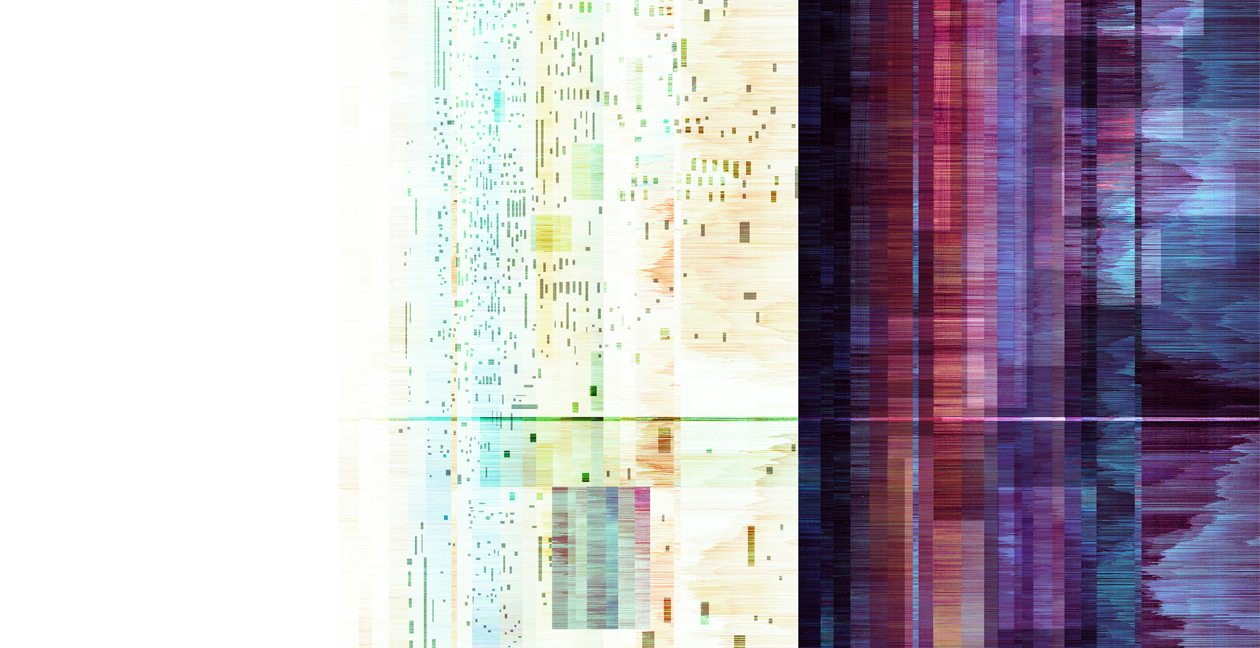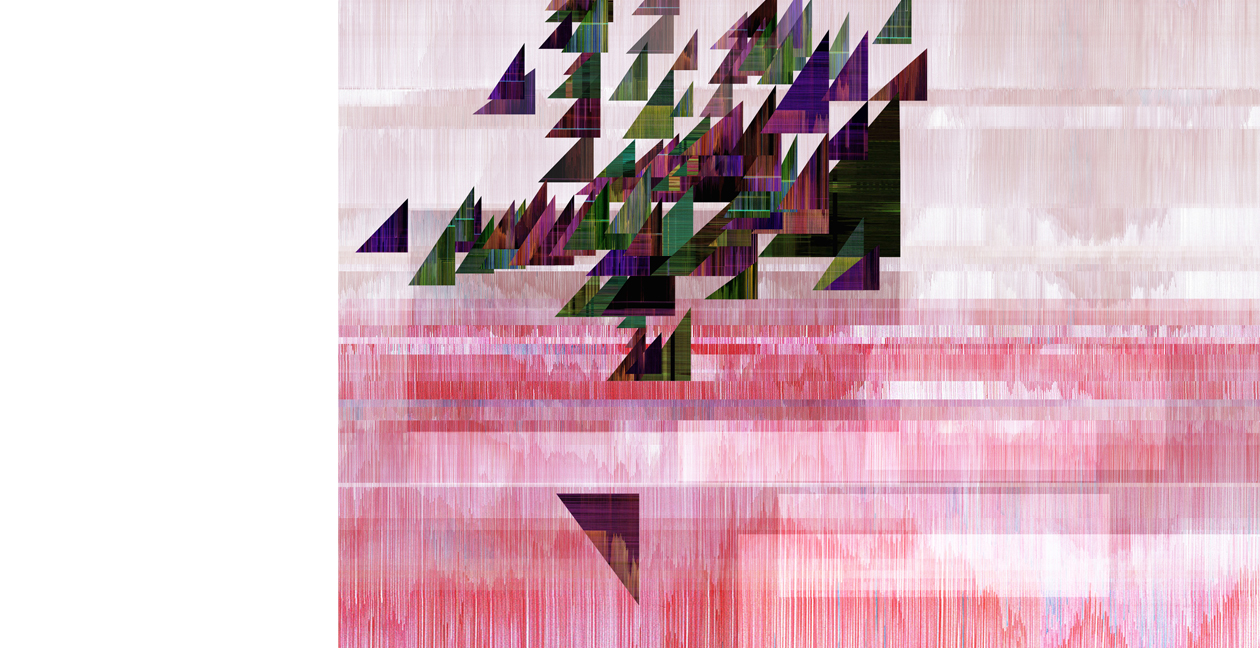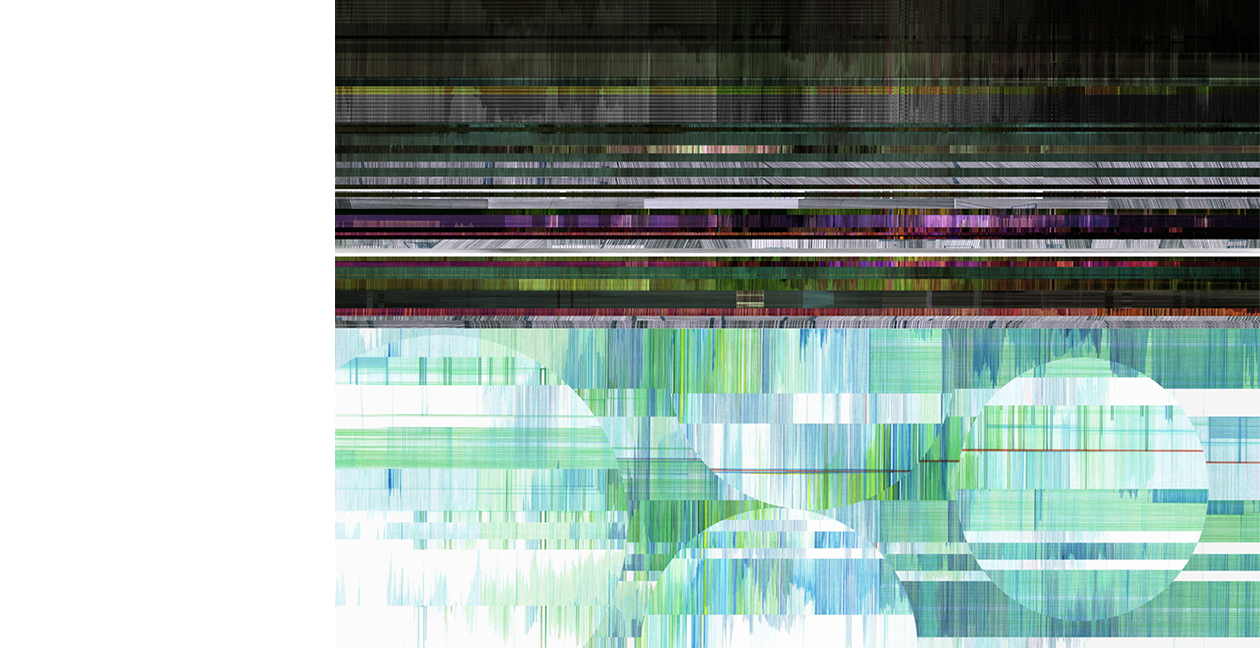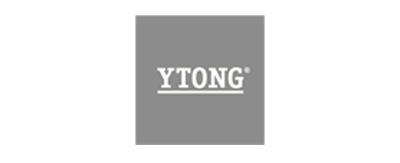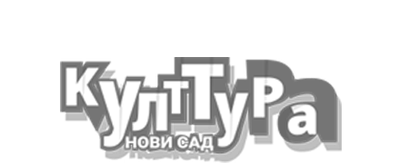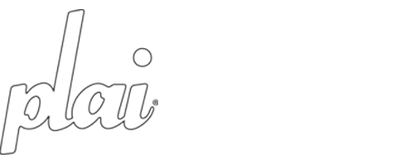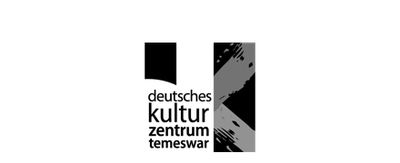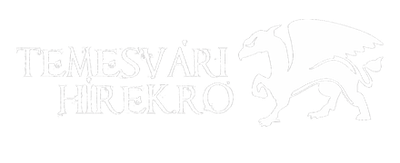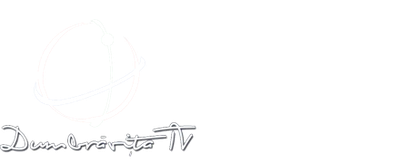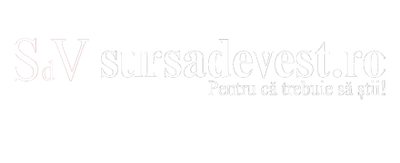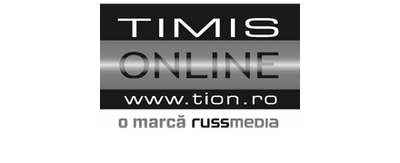A pályamű leírása:
The aim of this work is to explore the impact of transparency in relation to cityscape transformations, i.e. to reveal how many layers of transparency are constructed through the heterogeneous urban structures of our cities. The phenomenon of transparency constructs different levels of cityscape pictures: the projection, and the projection of projection… Together they compound the complex situation of literal and phenomenal transparency. The urban structure is becoming difficult to perceive - from its very size to the spatial values and its specific aspects. In other words, the city becomes the most significant polygon for researching the main problem: the insufficiently explored role of the transformations of heterogeneous urban structure and the meanings it produces for architectural design process.
The pace of change has overcome the existing system, where the phenomena remains unexplained - the possibility for their transformation into new concepts has not been explored.
By drawing, the architect has to be able to overcome this necessary speed of understanding the spatial changes. Different distances of continuous formations of spatial traces set up a basis for the architect to weave these abstract traces of unexplained phenomena in the future. The methodology captures all specific individual atmospheres of the life in the city, and only a moment after, shifts distance in order to perceive the ground of the city - to summarize all those lives.
This study of spatial relations, from inside to outside, from micro to macro level, stimulates new points of view and new analysis between ends of the potentials of transparency. The role of the phenomenon of transparency is reflected in the fact that essentially separated, dispersed parts of the heterogeneous urban space, are being merged through new the new design of visual representations. Layer by layer, the drawings are slowly disentangling our field of view into new perceptions, by inverting the contradictions, deconstructing the sequences, merging what is seemingly incompatible, and by questioning our own attitude and our involvement in space to the extreme limits. Uncontrollable appearances and disappearances of the transfigured spatial volumes, anatomized through drawings, build a new grid of traces, new moves and new rhythms, that will have a powerful contribution for the future organization of spatial elements.

